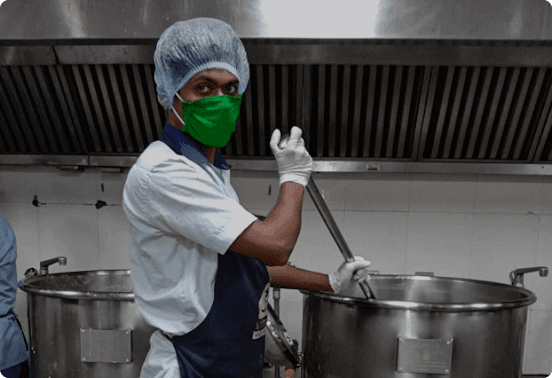How Mid Day Meal Programme Address The Problems Of Rural India?
The mid-day meal program was introduced as a part of the National Programme of Nutritional Support to Primary Education on August 15, 1995. However, the roots of this school meal program may be linked back to the pre-independence era, when the British administration decided to devise measures to assist underprivileged students. Today, the scheme's main goals are to provide nutritional support to children in elementary school, promote school enrolment, and combat hunger and malnutrition.
Food security, the shortage of
nutritious food in rural areas, and access to education are always high on the
priority list. This is why the Indian government came up with the concept of a
midday meal programme. The goal is to provide healthy meals to children in the
lower and higher primary grades.
According to the data, 4% of
Indian youngsters do not attend school. Yes, it is a sobering reality. At a
young age, parents encourage their children to work. With schools providing
free meals, more parents are persuaded to take their children to school so that
they can enjoy one nutritious meal a day. However, there is still a significant
distance to traverse.
Addressing The Issue Of Class Discrimination:
Yes, the mid day meals promote
nutritional value and primary education. Not to forget, it also has a great
socialization value. The scheme also focuses on eliminating the problem of
caste prejudices and class inequality by making children sit together and share
a common meal. This is a great problem when it comes to the rural part of
India. Studies also reveal that children of all social backgrounds seem to be
quite happy sitting together and sharing the common food. Parents also welcome
the arrangement in most cases.
Girl Education:
In most of the rural parts of
India, girl education is still a sensitive subject. In simple words, people are
not educated and they don’t want to spend their money on their education. The
MDM scheme comes as a savior for the females. According to a new study, girls
who received free lunch in primary schools as part of the mid-day meal
programme had children that grew faster.
Employment:
Through the mid day meal programme,
the government hires Dalit women to cook food. This directly raises employment
opportunities for the women from the poor sections of the society.
Conclusion
All in all, the primary goal of the mid day meal programme is to provide a hot-cooked meal to school-going students as well as to improve children's nutritional status. It also encourages poor children and those from disadvantaged backgrounds to attend school more regularly. All these initiatives by the government help the rural sector of India to rise.

Comments
Post a Comment